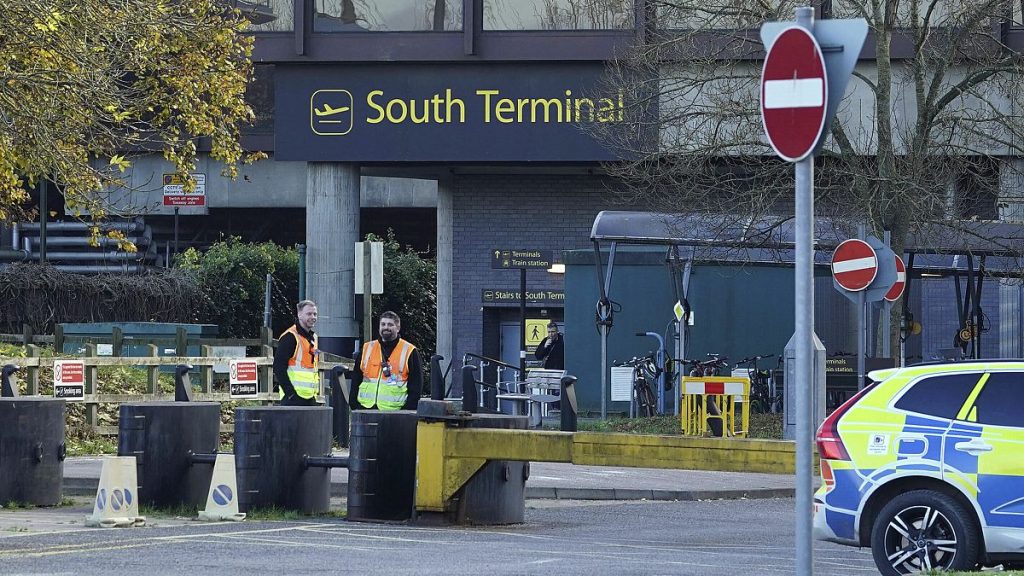On a Friday morning, Gatwick Airport’s South Terminal was closed at 11:55 CET after authorities discovered a “suspected prohibited item” in a piece of luggage. Following this alert, Sussex Police responded promptly, leading to the terminal’s evacuation and enforcing immediate safety protocols. A subsequent investigation included a bomb disposal team that assessed the situation, determining the nature of the package while briefly detaining two individuals involved in the incident. Once it was confirmed that the situation was safe, the terminal was reopened around 16:00 CET. Passengers were informed to stay vigilant and check their flight status with airlines, despite the reopening of the terminal.
The security breach significantly impacted travel plans for many passengers, with about 100,000 travelers expected to transit through Gatwick on that day. The South Terminal’s closure caused widespread disruption, leading to long delays and a multitude of flight cancellations. Passengers like Nejadeen Braham, who were in transit, expressed frustration as they encountered the influx of travelers being evacuated and leaving the terminal, complicating their journeys. The chaos extended to numerous carriers, including British Airways and Norwegian Air, with many flights facing delays and cancellations due to the security alert.
The situation led to a backlog of frustrated passengers who struggled to find alternative transportation due to the closed airport train station and long wait times for taxis. Some opted for unusual modes of transport, such as walking or hitchhiking, in a bid to leave the airport. In addition to the chaos at Gatwick, a second security incident occurred in London on the same day, with police responding to a suspicious package near the US Embassy, further raising anxiety among residents and travelers in the capital.
London’s Metropolitan Police quickly contained the situation at the US Embassy, conducting a controlled explosion on what was confirmed to be a hoax device. Following the events around the embassy, normal operations resumed at 14:00 CET, although public appointments scheduled for that day were canceled, indicating another layer of disruption stemming from heightened security concerns. These incidents reflect broader fears regarding safety in major hubs, as authorities remain vigilant about threats, especially in high-traffic areas.
Overall, the back-to-back security alerts at both Gatwick Airport and the US Embassy demonstrated the significant challenges faced by security agencies in urban settings while also eliciting responses from affected travelers. The swift response by police and security teams, along with the bomb disposal experts, ensured that the situations were resolved without any injuries, highlighting the effectiveness of emergency protocols in managing crises. As travelers navigated the unsettling atmosphere, the message from airport authorities urged them to remain informed about their travel plans and prepared for potential delays.
This incident at Gatwick, alongside the security scare near the US Embassy, underscores the critical need for continuous vigilance in public spaces, particularly airports and embassies, which are often targeted for security threats. Despite the resolution of both incidents, the rippling effects on travel and everyday operations in London serve as a reminder of how quickly scenarios can shift, necessitating enhanced awareness and preparedness for everyone involved in travel and security management.














